Reportar esta entrada
Más sobre la misma comunidad-colección
Embajador de la diversión de Annie aventuras de El Paso
El Paso's Ambassador of Fun Personal shopper/buyer, ...
Embajador de la diversión de Annie aventuras de El Paso
El Paso's Ambassador of Fun Personal shopper/buyer, ...
Gus Momsen, Sr. founder of Momsen Dunnegan Ryan Company, 1913
Mr. Momsen formed a partnership with Dunnegan and Ryan and was ...
Carl F. Dunnegan, of Momsen Dunnegan Ryan Company, 1913
Mr. Dunnegan was President in 1942 and retired in 1948.
George B. Ryan of Momsen Dunnegan Ryan Company, 1913
Mr. Ryan was General Manager in 1919, a position he held until ...
Momsen Dunnegan Ryan Company in 1933
This is a photo of the Momsen Dunnegan Ryan Company building ...
Roberto Betancourt Arce (Izq.) - 1927 - El Paso, Texas
03/20/1927 My father, Roberto Betancourt Arce, at age 18. ...
Noche de las chicas en el juego de los Chihuahuas
Nice way to unwind with friends, watching a good old fashion ...
Disfrutando de una tarde agradable en el Teatro Plaza
Love attending Broadway shows and being exposed to the arts.







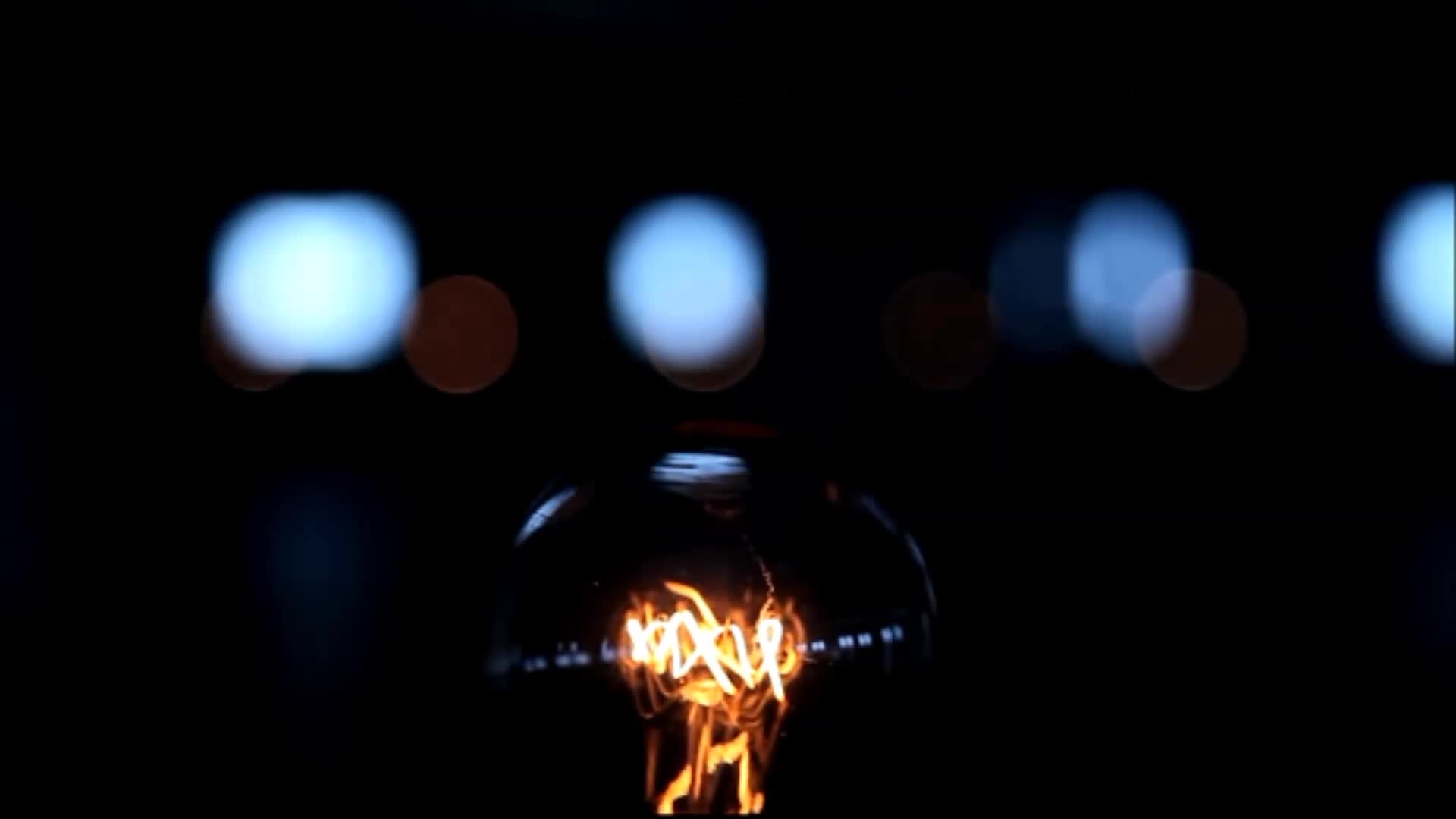


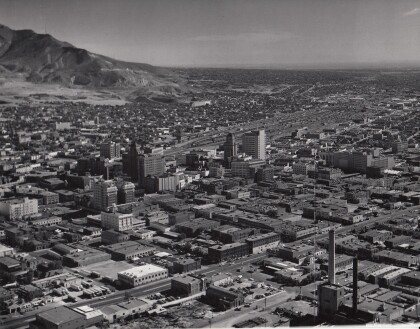



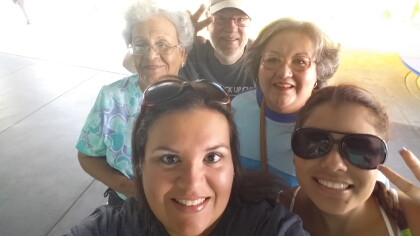
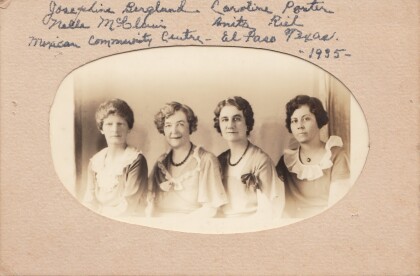
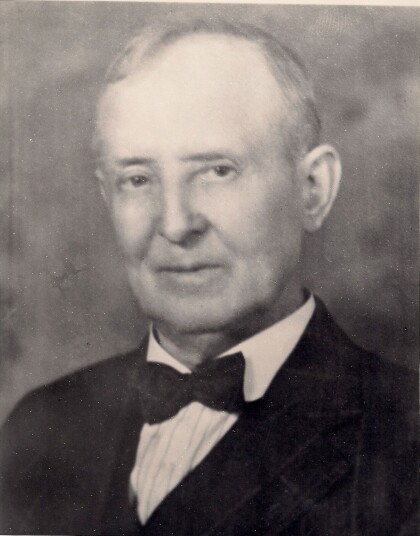
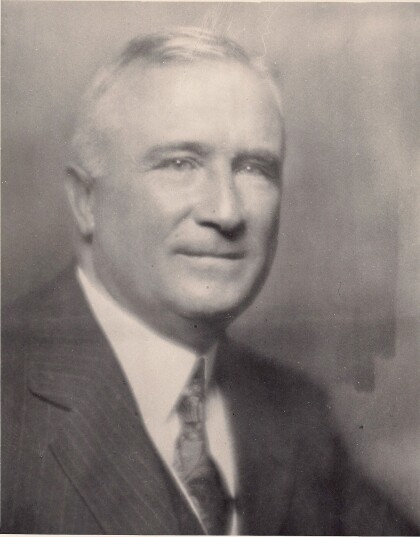

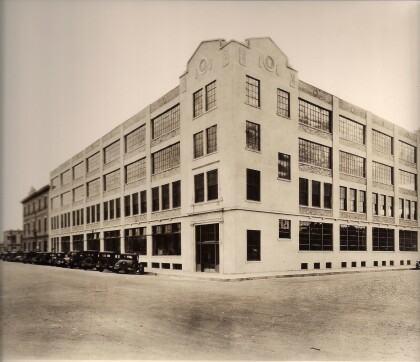

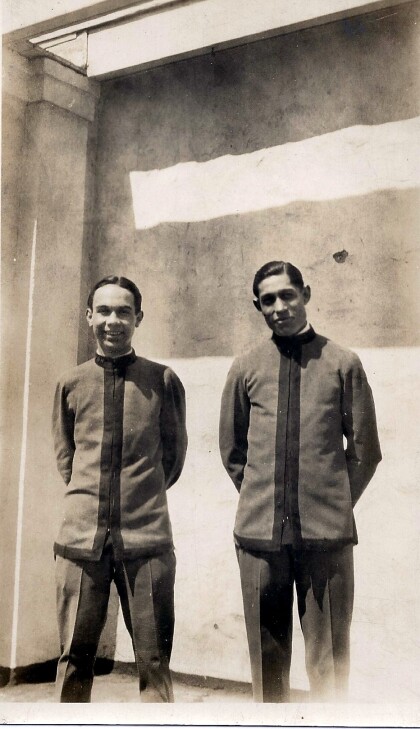



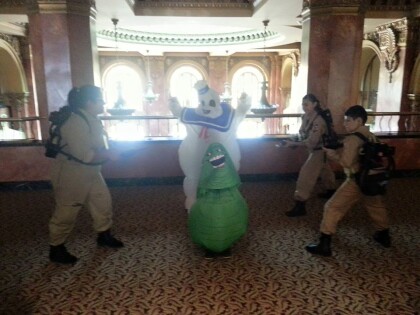
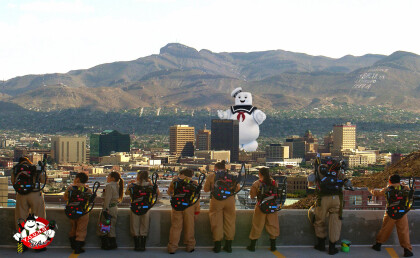
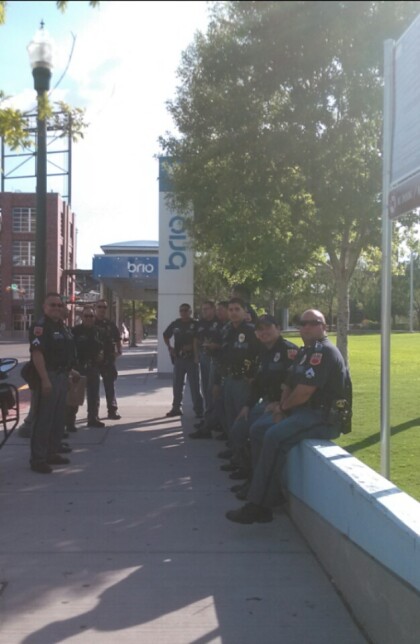


Comentarios
Hacer un comentario